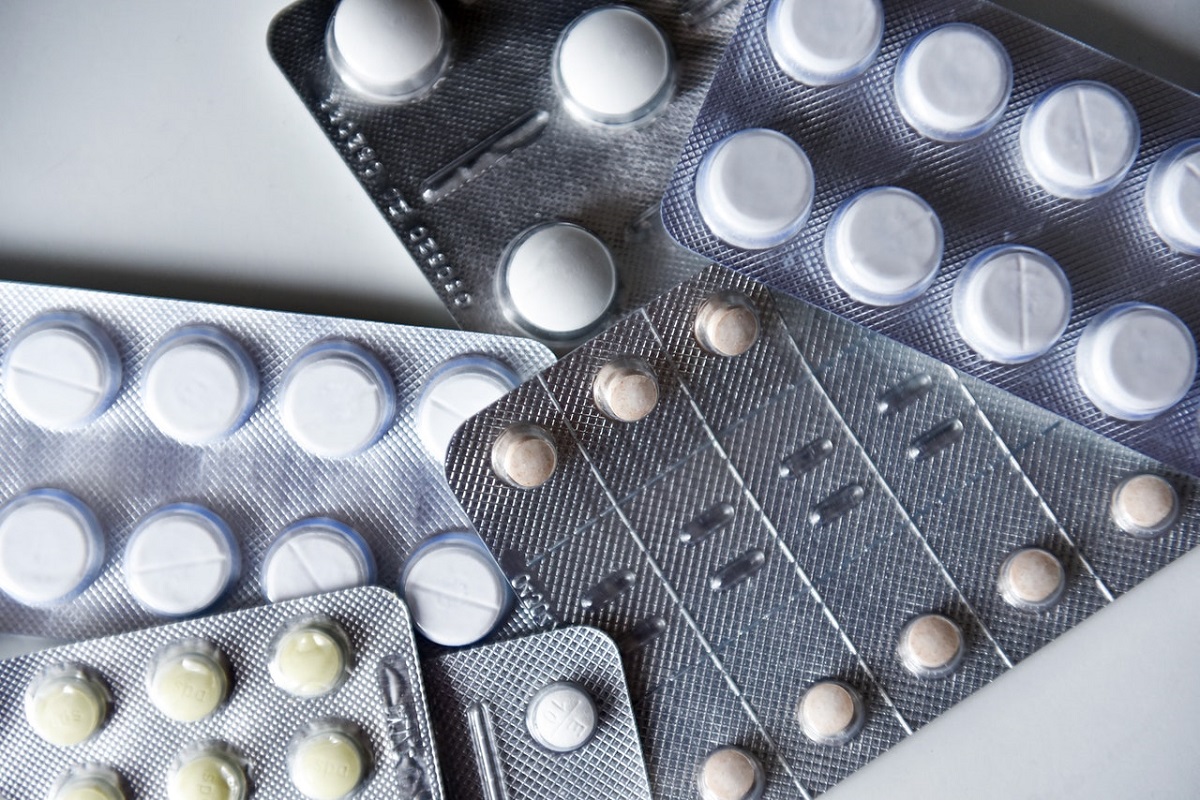Health-related industries are among the rising industries today, especially in the time of the pandemic. From healthy snacks to virtual therapy sessions to urgent care opportunities, entrepreneurs and service providers are looking to provide health solutions to health problems.
The number of health-related industries and organizations out there reflects the plethora of health problems and needs of the human race. Even with the simplest condition like an allergy, which is just a nuisance most of the time, it can be deadly in some cases.
Food allergies are the most common cause of anaphylaxis in the country. And of all the food-related allergy deaths, peanuts are one of the most common causes. Any allergy, specifically, anaphylaxis is easily prevented by avoiding triggers and allergens. But what is the difference between the two?
What Is Anaphylaxis?
Anaphylaxis is a severe allergic reaction that can be life-threatening. This can occur within minutes or even seconds of exposure to the trigger. A peanut, for example. All it takes is one bite to be a few minutes away from death.
Other than peanut, common anaphylaxis triggers include cow’s milk, hen’s egg, NSAIDs, antibiotics, bees, wasps, hornets, yellow jackets, and fire ants.
Symptoms of a Severe Allergic Reaction
In some cases, a person first knows about their allergy after signs and symptoms of an allergic reaction start to show. Some symptoms to look out for include nasal congestion, itchiness in the mouth or throat, cough, wheezing, stomach pain and cramps, diarrhea, faintness, low blood pressure, among others. It’s important to note that an individual’s symptoms will depend on the type of allergy and trigger.
Treatment of Anaphylaxis
The Allergy and Asthma Network shares information on anaphylaxis treatment. It goes as follows:
Primary Treatment
The first thing to do is to administer an epinephrine shot as soon as symptoms start to develop. It’s important to keep some in stock in case of emergencies, especially for individuals who develop this severe allergic reaction.
Secondary Treatment
Typically, there is no substitute for epinephrine. In case there isn’t one available, there are other alternatives to help mitigate the symptoms. These are antihistamines, bronchodilators (e.g., albuterol) that can help those experiencing bronchospasm, and glucocorticoids. These are only an option if epinephrine is not available. As much as possible, epinephrine should be the first line of treatment.

Anaphylaxis First Aid
Similar to any medical emergency, don’t panic. It’s important to remain collected so the individual can tend to the patient and think as clear as one can in this situation. Bear in mind that this is no regular allergic reaction as anaphylaxis can be potentially life-threatening. Follow the first-aid protocol specifically for anaphylaxis.
The first thing to do is call 911 or your local medical emergency number. Administer the epinephrine auto-injector against the person’s thigh and have them lie still on their back unless there’s vomiting or bleeding from the mouth. Turn them to the side to avoid any choking. Losing any tight clothing and accessories and avoid giving them anything to drink. Administer CPR if there are no signs of breathing and consciousness.
Take Note
Here are a couple of additional points to remember.
Seek Professional Help
Even if the symptoms are controlled by your efforts, and the individual is feeling better, don’t turn away emergency treatment as the symptoms may reoccur. At least by then, the individual will have easier access to professional care, equipment, and medication.
Prevention Is Better Than Cure
It always is. If the individual is already aware of what they’re allergic to, avoid triggers as much as possible. Be aware of your surroundings, what food you consume, and what medications you’re on. Always consult with a physician and inform them of your past medical history for the best treatment plan possible.
Always Have Epinephrine Shots Ready
Even if a person is actively avoiding their anaphylaxic triggers, it’s best to keep a couple of EpiPens at home and bring them when traveling or even just going to work. If prevention is the first layer of defense, EpiPens are the first line of treatment. And even if a person has some spare around, they shouldn’t become lax. They should still be vigilant with what they consume and be aware of their surroundings. Again, prevention is better than cure.